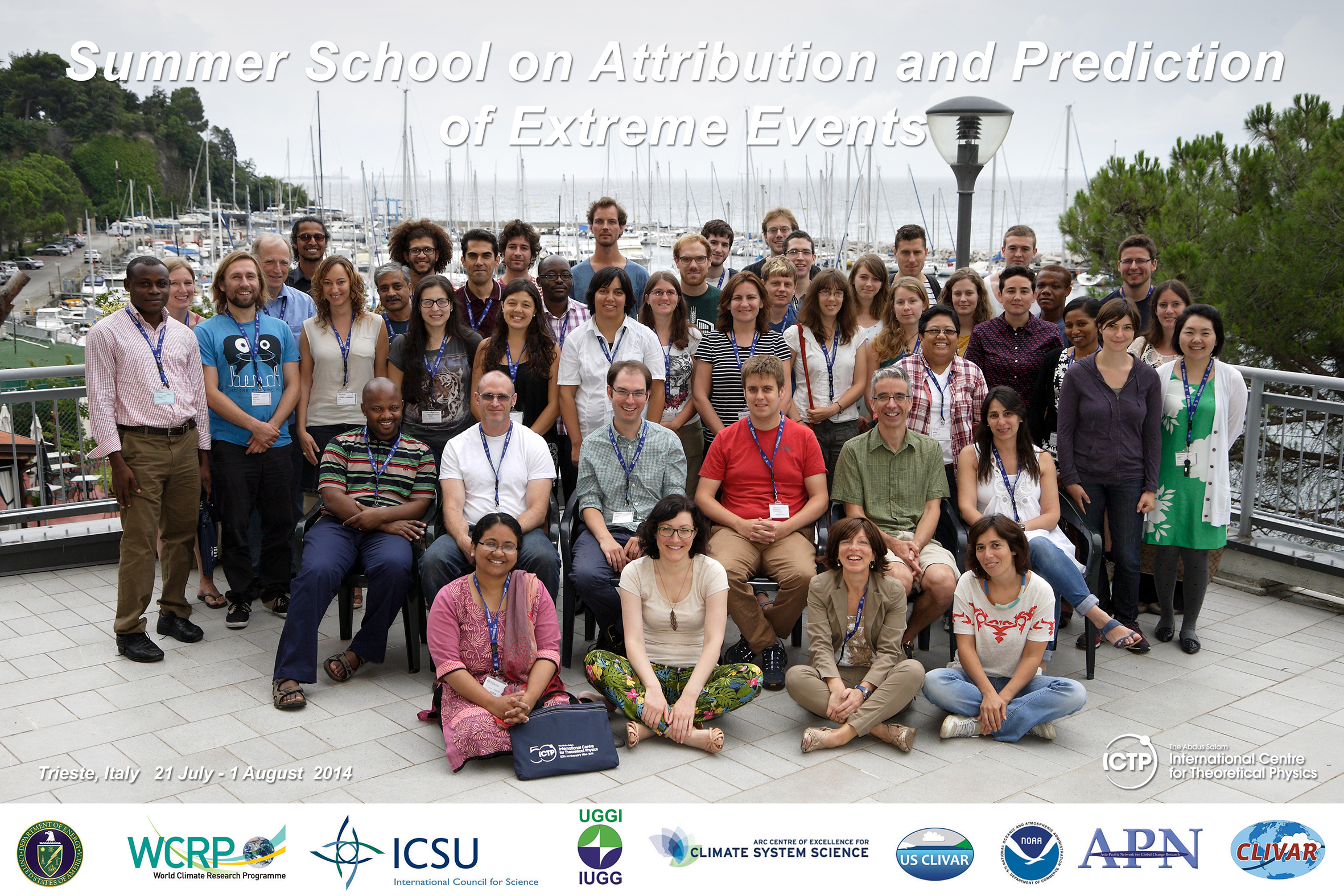Tutorial on the application of detection and attribution methods to changes in the mean climate
The Day-1 tutorial explores changes in high-latitude mean precipitation. Details of the dataset and the analysis can be found in Zhang et al, 2014, submitted. Please contact
To run the tutorial code, change directories to the directory DA_high_lat_precip, start “R”, and issue the command source(‘main.r’)
The tutorial uses the Environment Canada detection and attribution package, ECOF_V1.r, which provides R implementations of the ols, tls, and rof (“regularized” optimal fingerprinting) detection and attribution methods. See the “readme” in the DA_high_lat_precip directory for further details.
Tutorial on the application of detection and attribution methods to changes in extremes
The Day-2 tutorial explores changes in extreme precipitation as represented by the RX1day index (annual maximum 1-day precipitation accumulations). Details of the dataset and the analysis can be found in Zhang et al, 2013, GRL.
First explore data by transferring to directory Pindex_V5, starting “R”, and issuing the command source(‘Day2_main_V2.r’)
Second, to conduct global and region detection and attribution analyses, transfer to the directory DA_RX1day, start “R”, and issue the command source(‘main.r’)
Environment Canada's Optimal Fingerprint
The ECOF (Environment Canada's Optimal Fingerprint) package is coded by Feng, Yang (
Main functions
This package contains R functions to conduct detection and attribution analysis using three different algorithms under the optimal fingerprint framework. These include:
- ols(Y,X,noise1,noise2,nsig,df2=NULL,plev), the Ordinary Least Squares method (Allen and Tett, 1999). 2.tls.A03 (Y, X, noise1, noise
- nsig, nsim.CI, df2, REG=FALSE, plev), the Total Least Squares method (Allen and Scott, 2003). Note that the confidence intervals for the scaling factors are obtained using the method provided in the ROF package by Dr. A. Ribes (Ribes, A., 2012)
- tls.ROF (Y, X, noise1, noise2, nsig, nsim.CI, nsim.rcc, REG=TRUE, df2, plev, rcc.flg), the Regularized Optimal Fingerprint method (Ribes et al, 2013a). This function is translated from routines in the ROF package V0.8 coded by Dr. A. Ribes, using SCILAB. (Ribes, A., 2012)


